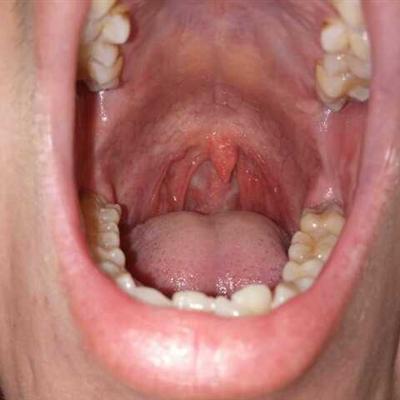Symptoms of nontuberculous mycobacterial pulmonary disease
summary
Nontuberculous mycobacterial pulmonary disease is a systemic disease caused by a group of nontuberculous mycobacteria (NTM), which mainly invades the lung. Although there is no comprehensive investigation in China, the detection rate of Mycobacterium in many provinces and cities has reached 4.3%. More common in elderly men. NTM can also cause nosocomial infection, which should not be ignored. I would like to share with you my views on the symptoms of nontuberculous mycobacterial lung disease.
Symptoms of nontuberculous mycobacterial pulmonary disease
The elderly suffer from a variety of diseases. Non tuberculosis mycobacterium is usually a secondary or concomitant disease. Opportunistic infection is a significant feature of the pathogenicity of this bacterium. In chronic obstructive pulmonary disease, the elderly, patients with malignant tumor, renal dialysis, organ transplantation, immunosuppressive agents and the use of adrenocortical hormone, the incidence of this disease increased. We have a 90 year old patient with nontuberculous mycobacterial pulmonary disease. The underlying diseases are chronic obstructive pulmonary disease, coronary heart disease, vascular dementia, prostatic hypertrophy and other diseases, as well as repeated pulmonary infection after long-term mechanical ventilation.
The pathogenicity of NTM is lower than that of Mycobacterium tuberculosis. Liu Jingdong believes that the number of people infected with NTM in China is estimated to be more than 100 million, but there are only more than 100 cases. At the same time, there were 9 patients using ventilator in our ward, of which 8 patients were detected acid fast bacilli from sputum. Through tubercle bacillus culture and strain identification, 7 patients had no tuberculosis complex group. Only one of the 8 patients had definite pulmonary shadow.
The clinical symptoms are quite different. It is generally believed that NTM induced pulmonary lesions are very similar to pulmonary tuberculosis. Most of the symptoms are mild and lack of characteristics. The general manifestations are cough, expectoration, low fever, fatigue or occasionally hemoptysis. Some patients have no obvious clinical symptoms and signs. Because most patients have basic lung diseases, the symptoms of cough and expectoration are often misdiagnosed as basic diseases.
matters needing attention
Most traditional antituberculosis drugs have little or no activity against NTM. New studies suggest that the hydrophobicity of NTM cell surface and the permeability barrier of cell wall are the physiological basis of its broad-spectrum drug resistance and the barrier of effective chemotherapy. At present, it is advocated that the drugs that destroy cell wall should be combined with other drugs with different mechanisms of action. Rifamycin is a kind of rifamycin (KRM-1648); Fluoroquinolones, such as levofloxacin (LFLX), moxifloxacin (MFX), sparfloxacin (SFX), and ethinfloxacin (ct934), were used to treat the patients; Cefmetazole (CMZ); Carbapenem imipenem / cilastatin (IMP); β Lactams amoxicillin clavulanic acid, ampicillin clavulanic acid; Sulfanilamide compound SMZ, an antibacterial agent active against NTM; Tetracycline doxycycline (DCC) and minocycline (MOC) have certain clinical efficacy. At the same time, immune enhancers such as thymosin and interferon were used. At present, it is considered that there are population differences in drug resistance patterns of NTM, and pre-treatment drug sensitivity test is very important. It is suggested that 4-5 kinds of drugs should be combined for at least 12 months to avoid single drug use and pay attention to drug side effects.
















